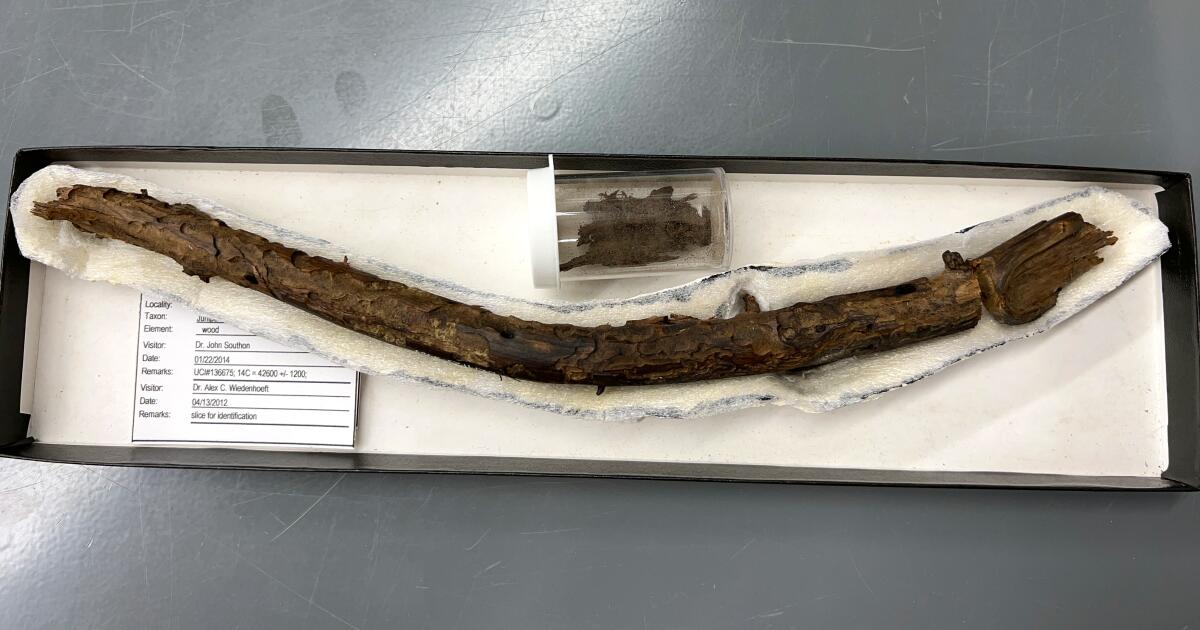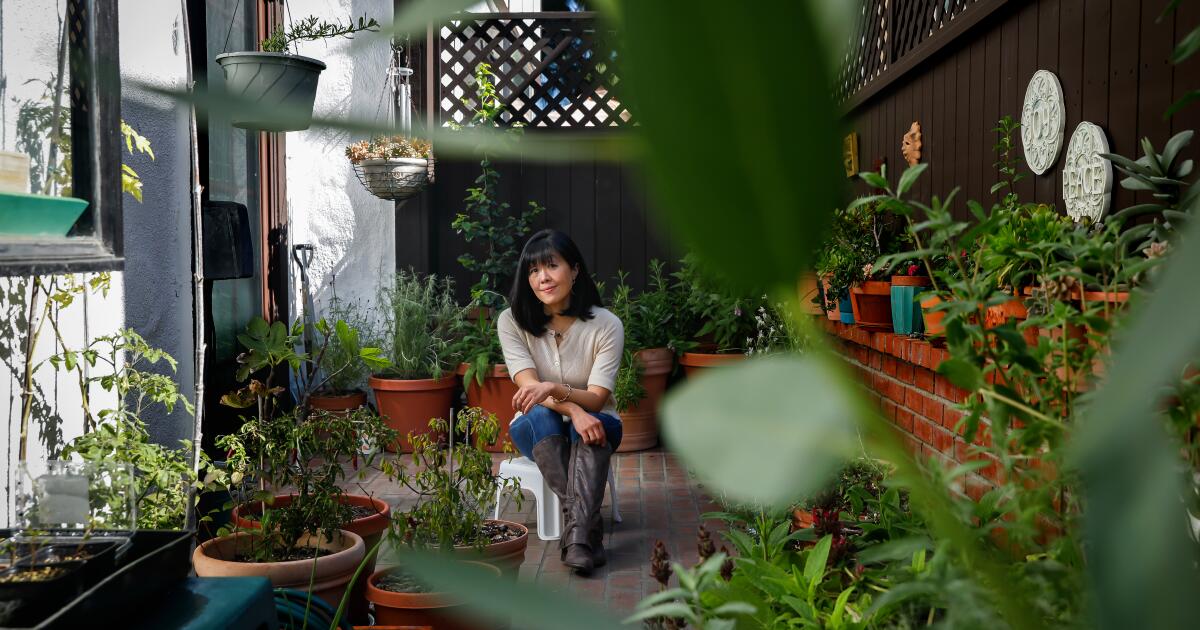
Desert farmers share their best tips on how to grow food in hot, dry conditions
LA TimesFarm manager Josh Nash adjusts loose-weave jute netting over tender vegetable seedlings to protect them from the afternoon heat at 29 Palms Inn’s Faultline Farm in Twentynine Palms. Gilmer wrote a book about dry, hot farming in 2015 and Nash, a native Tennessean who learned about farming on the East Coast, has been growing organic fruit and vegetables in the desert for five years, at his home and also for the historic 29 Palms Inn’s Faultline Farm, which provides about a third of the produce for the inn’s popular restaurant every year, said owner Heidi Grunt. “People need to realize that growing plants actually means growing soil,” Nash said, “because you can’t grow any plants without healthy soil, first and foremost.” Maureen Gilmer, author and horticulturist who lives in Morongo Valley, has written a book on growing food in hot, dry conditions. “We make our beds directly in the soil, a few inches lower than the ground level to help catch and hold any precipitation, and keep the roots cooler.” An added bonus: Even the most damaged native soils have some microbial life that you can help nourish with compost.. Wood-frame raised beds work well in areas that are colder, because they help the soil get warmer quickly, but that’s the opposite of what you want in hot, dry conditions. Nash said even weeds like the invasive black mustard covering SoCal’s hills can be cut and laid down in garden beds to create an excellent mulch — as long as it hasn’t formed any seeds.
History of this topic

L.A. contractors razed a native plant garden for kids. What happens now?
LA Times
Want a landscape that will outlast climate change? Plant these Ice Age survivors
LA Times
They transformed a sad, junk-filled yard into a DIY native plant wonderland
LA Times
Spring into the world of native plants at the L.A. Times Plants booth at Festival of Books
LA Times
Love California native plants? Check out our collab with P.F. Candle Co.
LA Times
18 native plants that’ll turn your yard into a grass-free wonderland
LA Times
Celebrate California native plants at Festival of Books with L.A. Times Plants
LA Times
Has wildflower shaming gone too far? How to find the best blooms without the drama
LA Times
10 plant gurus on how they’ll experiment in SoCal gardens in 2023
LA Times
Native plants are bringing new life to L.A.’s ravaged areas. Here’s how to help
LA Times
Native voices were finally heard at California’s biggest native plant conference
LA Times
On a block full of lawns, she ditched grass for a DIY drought-tolerant oasis
LA Times
Fall is the best time to shop for native plants. Here’s where to browse in L.A.
LA Times
The plant person’s guide to the best holiday gifts
LA TimesDiscover Related


































